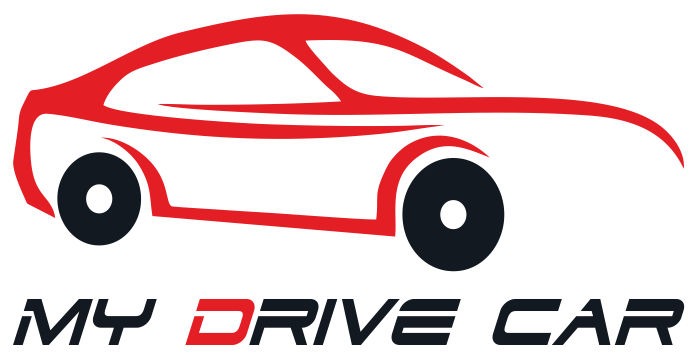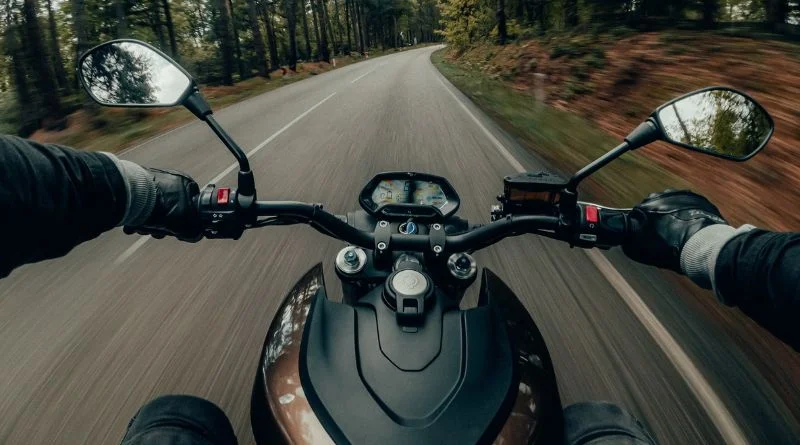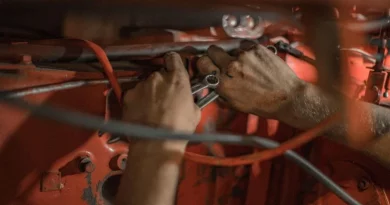Texas Motorcycle Safety Laws Every Rider Needs to Know
Riding a motorcycle can be exhilarating, but it also comes with significant risks. To stay safe and legally compliant on the road, motorcyclists in Texas must adhere to specific safety laws. These laws are designed to protect not only riders but everyone on the road.
Importance of Motorcycle Safety Laws to Reduce Accidents
According to the Texas Department of Transportation, there were more than 8,322 motorcycle accidents reported in the state in 2021. Motorcycle safety laws in Texas play a pivotal role in fostering a safer environment on the roads for both riders and other motorists. The implementation and adherence to these laws significantly contribute to reducing the frequency and severity of motorcycle accidents in Texas. Here’s an overview of key motorcycle safety laws in Texas that every rider should be aware of.
Motorcycle Licensing Requirements
Before getting into the specifics of operating a motorcycle, it’s essential to highlight the need for proper licensing. In Texas, riders must obtain a Class M motorcycle license. To do this, riders must:
- Successfully complete a motorcycle safety course approved by the Texas Department of Public Safety.
- Pass a written knowledge test.
- Pass a riding skills test (which may be waived upon completion of the safety course).
Riders under the age of 18 must also comply with additional requirements, such as holding a learner’s license for a minimum period and providing parental consent.
Helmet Law
Texas law requires all riders under the age of 21 to wear a helmet when operating a motorcycle. Although riders over the age of 21 may ride without a helmet, they must meet certain conditions:
- They must have completed a state-approved Motorcycle Operator Training Course.
- They must carry medical insurance coverage that provides at least $10,000 to cover injuries incurred while riding a motorcycle.
Despite these laws, wearing a helmet is strongly recommended for all riders, regardless of age or insurance coverage, as helmets significantly reduce the risk of head injuries and fatalities in the event of an accident.
Eye Protection
Texas law does not mandate the use of eye protection for motorcyclists aged 21 or over, but it is highly advisable. For those under 21 who are required to wear helmets, eye protection is typically integrated into the helmet design.
Lane Splitting
Lane splitting, the practice of moving between lanes of traffic, is not legal in Texas. Motorcyclists must occupy a full lane, and they have the same rights and responsibilities as other motor vehicle drivers.
Motorcycle Equipment Requirements
To ensure safety and compliance, make sure your motorcycle has the following equipment:
- A headlamp that remains on at all times, even during daytime.
- At least one mirror located on the left or right side of the motorcycle.
- A functional exhaust system, which complies with noise restrictions.
- Turn signals (for models manufactured after 1960).
- A horn, able to emit a sound audible for a minimum of 200 feet.
- Wheel assembly components that comply with state safety standards.
- A rear license plate light.
- Effective brakes and tires.
Passenger Requirements
If a motorcyclist wishes to carry a passenger, the motorcycle must be equipped with passenger seating and footrests. Both must be used by the passenger while the motorcycle is moving.
Insurance
Similar to motor vehicles, motorcyclists in Texas must carry a minimum amount of liability insurance to legally operate on public roads. Currently, these minimums are:
- $30,000 for bodily injury per person.
- $60,000 for total bodily injury per accident.
- $25,000 for property damage.
Motorcyclists in Texas need to be aware of and comply with the state’s safety laws to protect themselves and others on the road. From wearing helmets to adhering to equipment standards, these regulations are designed to decrease the risk of accidents and injuries. With thorough knowledge of these laws, motorcyclists can enjoy the ride while promoting a safer environment for everyone on the road.




